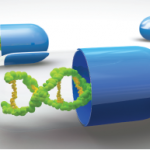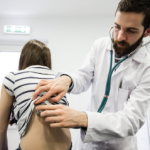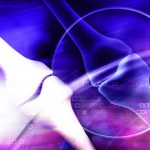 Jason Liebowitz, MD, is a second-year fellow in rheumatology at Johns Hopkins University. He earned his MD from Johns Hopkins University School of Medicine and completed his residency at Johns Hopkins Bayview.
Jason Liebowitz, MD, is a second-year fellow in rheumatology at Johns Hopkins University. He earned his MD from Johns Hopkins University School of Medicine and completed his residency at Johns Hopkins Bayview.
References
- Zhou Q, Yang D, Ombrello AK, et al. Early-onset stroke and vasculopathy associated with mutations in ADA2. N Engl J Med. 2014 Mar 6;370(10):911–920.
- Navon Elkan P, Pierce SB, Segel R, et al. Mutant adenosine deaminase 2 in a polyarteritis nodosa vasculopathy. N Engl J Med. 2014 Mar 6;370(10):921–931.


